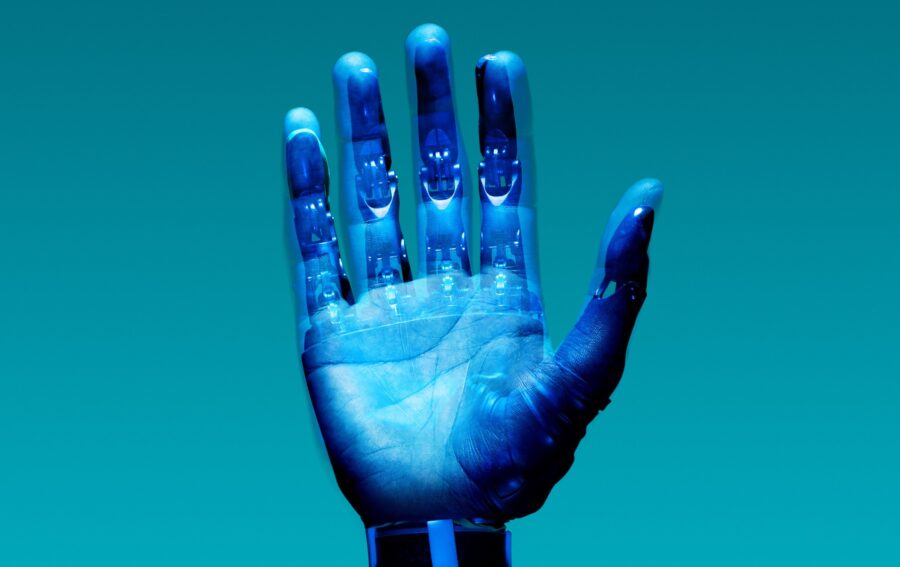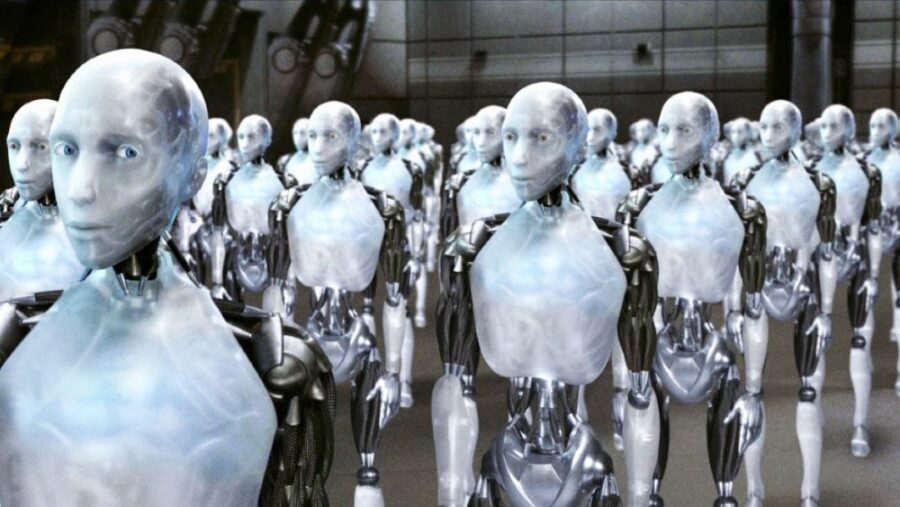World’s Smallest Humanoid Robot Created By High Schoolers

High school students in Hong Kong have just achieved a world record in robotics. A group of young engineers from the Diocesan Boys’ School have achieved remarkable by creating the world’s smallest humanoid robot. Standing at a mere 5.5 inches tall, this diminutive marvel is shorter than a standard ballpoint pen, yet it packs a powerful punch in terms of functionality and potential applications.
The development of the smallest humanoid robot heralds a new era in robotics, where size is no longer a limitation but rather a testament to innovation and creativity.
The tiny robot, developed by a team of four students – Isaac Zachary To, Aaron Ho Yat Fung, Justin Wang Tou Duong, and Ngo Hei Leung – has secured its place in history by clinching the Guinness World Record for the smallest humanoid robot. To qualify for this prestigious title, the robot must exhibit the ability to articulate its shoulders, elbows, knees, and hips, while also demonstrating bipedal movement. However, this creation goes beyond mere locomotion; it can perform a myriad of tasks, including dancing, practicing kung fu, and even playing soccer.
Powered by a 7.4V lithium-ion battery, the world’s smallest robot employs precise servo motors for movement, likely incorporating microcontrollers or similar electronic components to command servo motors responsible for articulating its joints. Crafted from acrylic panels and 3D-printed components made in the school’s robotics lab, the robot’s construction emphasizes precision and lightweight design without sacrificing performance.
The applications for the world’s smallest humanoid robot design extend to education, healthcare, and even Hollywood.
The world’s smallest robot is programmable via a mobile application, offering users a user-friendly interface to control its movements and behavior. Moreover, the students have pledged to make the design and programming code open-source, fostering collaboration and innovation within the robotics community.
One of the most striking aspects of creating the world’s smallest robot is its emphasis on accessibility and education. The students envision a future where this tiny robot serves as a valuable educational tool, particularly in underserved communities. By making the design and programming code open-source, they aim to democratize access to technology and inspire the next generation of innovators in science, technology, engineering, art, and mathematics (STEAM).

The potential applications of this miniature robot extend far beyond the realm of education. In healthcare, its precise movements could revolutionize surgical procedures, offering a level of precision and efficiency previously unseen. Moreover, the entertainment industry may witness a transformation, with the robot’s ability to perform tasks such as dancing opening up new possibilities for interactive performances and recreational activities. The sky is truly the limit for the world’s smallest robot.
Guiness has recognized the Diocesan Boys’ School accomplishment with the world record for smallest humanoid robot.
The development of the smallest humanoid robot heralds a new era in robotics, where size is no longer a limitation but rather a testament to innovation and creativity. As the boundaries of technology continue to expand, these miniature marvels hold the promise of enhancing efficiency, excitement, and inclusivity in various facets of our lives.
With their groundbreaking achievement, the students of Diocesan Boys’ School have not only etched their names in history but have also paved the way for a future where the extraordinary becomes the norm. As the world eagerly anticipates further developments in robotics, one thing is certain: the world’s smallest humanoid robot is poised to make a big impact on the world stage.












